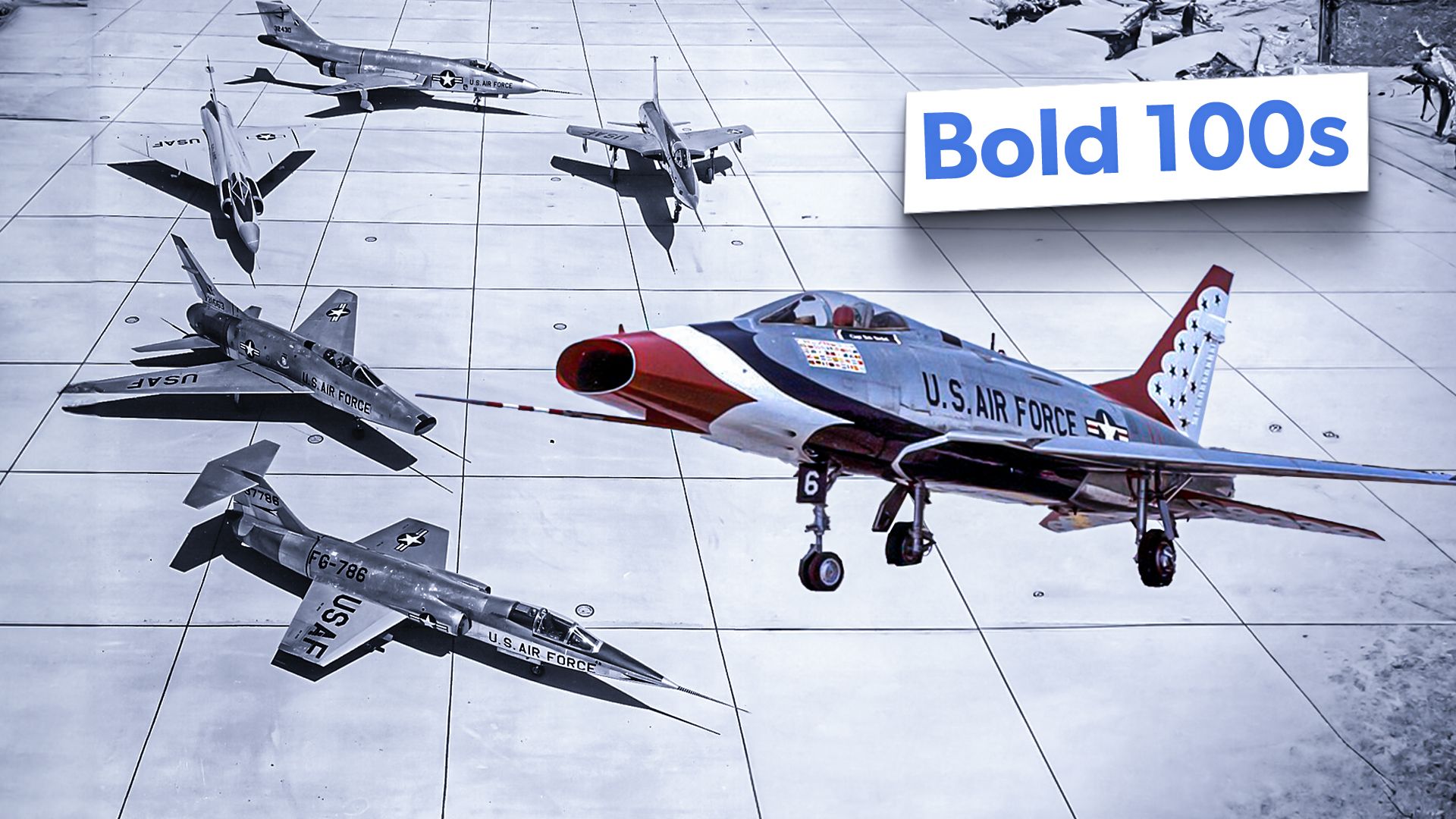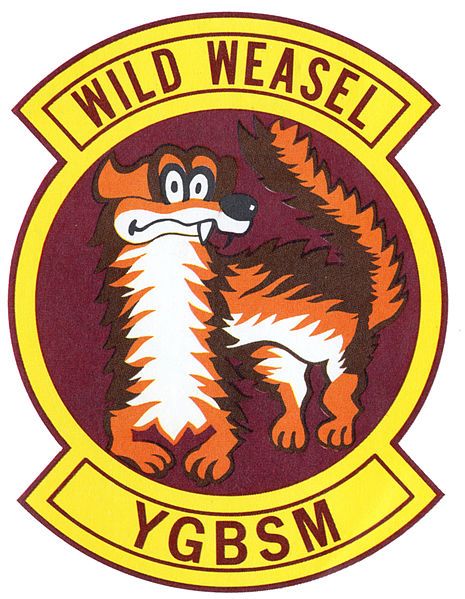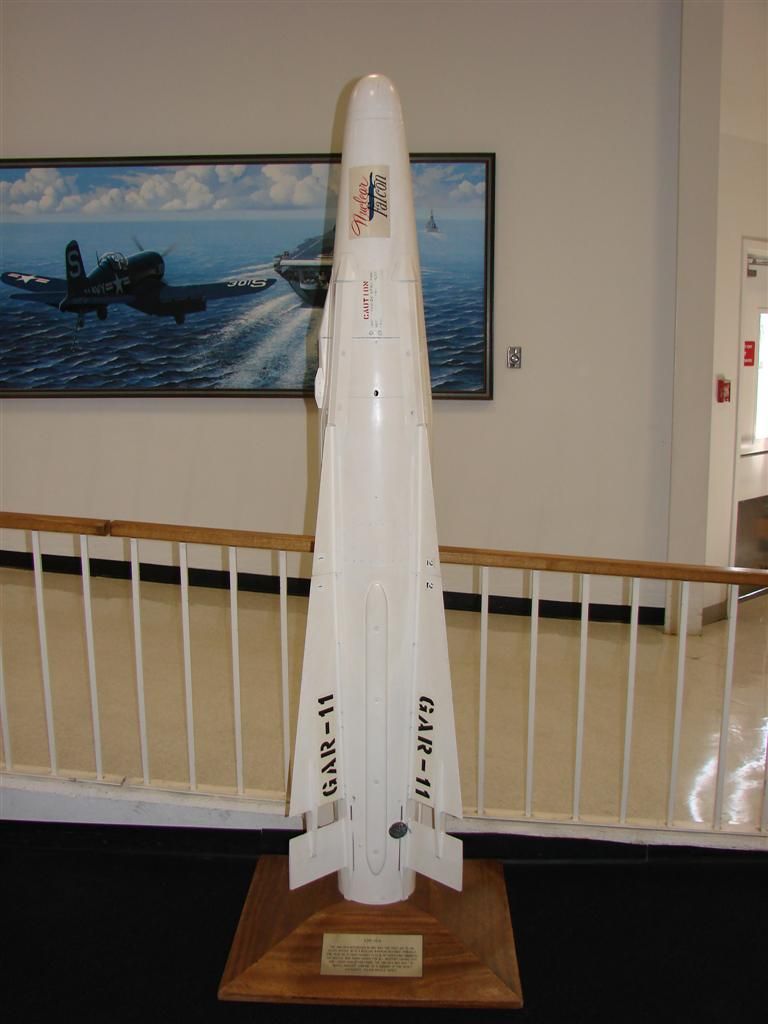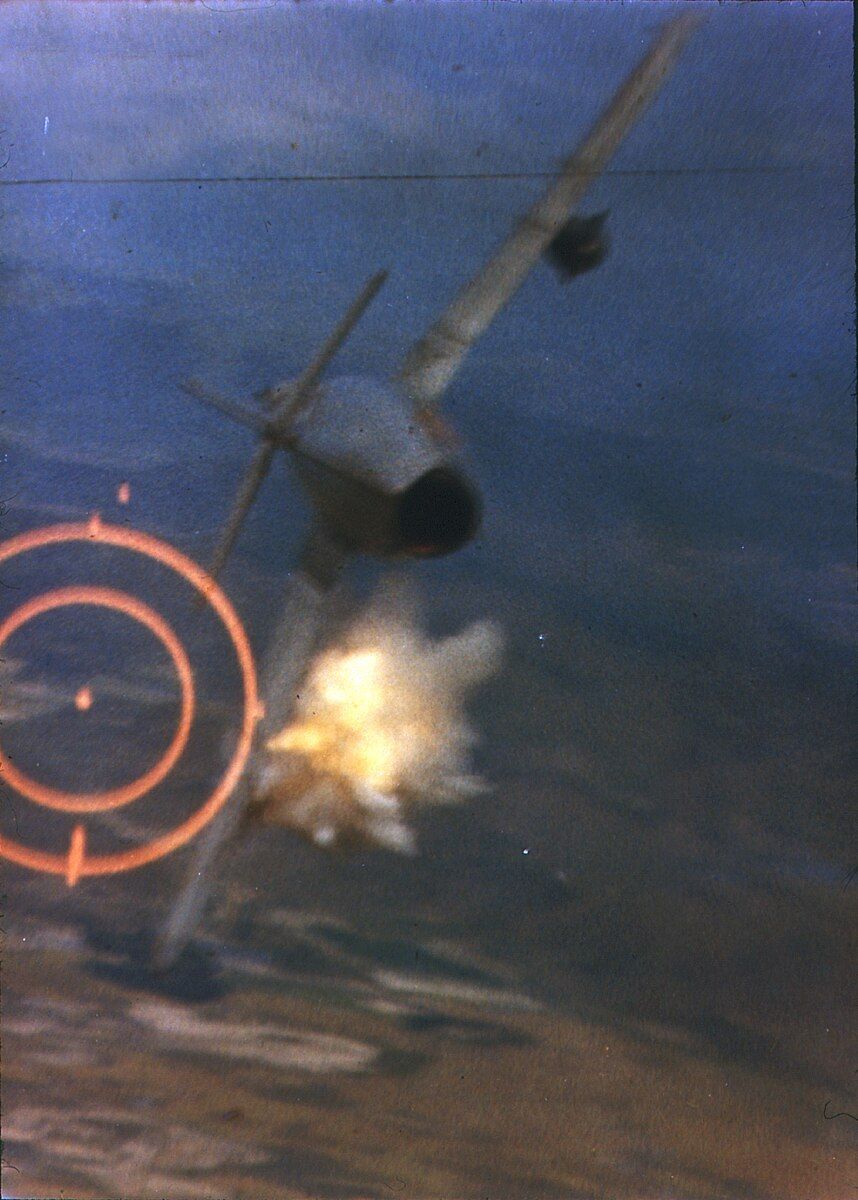Summary
- The USAF Century Series of jet fighters aimed for excellence, though they weren’t perfect.
- The North American F-100 Super Sabre was the first USAF jet fighter capable of supersonic speed in level flight.
- The Convair F-102 Delta Dagger was lackluster, falling short of performance requirements in combat and earning unfavorable reviews.
There’s just something about the so-called “Century Mark,” i.e., the number 100, that has such an air of completeness about it. In endeavors from academic exams to firearms qualifications, the number 100 represents the ultimate manifestation of excellence, i.e., a perfect score.
So then, since one of the three Core Values of the United States Air Force is “Excellence In All We Do,” I suppose it only makes sense that the USAF would have a so-called “Century Series” of jet fighters back in the heady days of the 20th century (specifically during the Cold War). But did these historically significant warbirds attain true perfection? Like its makers, anything made by humans will have inherent flaws and weaknesses. However, these aircraft were still remarkable feats of engineering, if nothing else. Simple Flying now takes a deeper dive into the story of the USAF Century Series fighters.
North American F-100 Super Sabre
Starting in numerical order.
Envisioned by the now-defunct North American Aviation (same company that produced the legendary P-51 Mustang fighter plane and B-25 Mitchell medium bomber during World War II) as the direct successor to the F-86 Sabre that served in legendary fashion during the Korean War. The F-100 Super Sabre made its maiden flight on May 25, 1953 (just a couple of months before the Korean War armistice was signed) and was officially introduced into operational service with the USAF on September 27, 1954. It remained on active-duty USAF service until 1971 and continued to serve with the Air National Guard (ANG) until 1979.
According to Airplanes Online:
“The F-100 was the first Air Force jet fighter plane capable of supersonic speed in level flight. In addition to its nuclear bomb armament and four 20 mm cannons, the Super Sabre could be equipped to fire rockets and missiles, including the heat-seeking the GAR-8 Sidewinder. The F-100 had a service ceiling above 50,000 feet and a range of more than 1,000 statute miles.”
To be precise, that supersonic speed amounted to 924 mph (1,487 km/h, 803 kn).
As I myself noted in a recent Simple Flying article, the F-100 was the first platform to be assigned “Wild Weasel” duty by the USAF, the highly hazardous and unenviable (yet oh so necessary) task of Suppression of Enemy Air Defenses (SEAD), i.e., going after the adversaries’ surface-to-air missile (SAM) launchers and radars:
“However, though the F-100F was a reasonably effective airframe for Wild Weasel missions, it didn’t have the performance characteristics to survive in a high-threat environment; the first unit to acquire the warbirds, the 354th Tactical Fighter Squadron based at Takhli Royal Thai Air Base, Thailand, was whittled down to one surviving plane after 45 days of combat ops. Of the 16 aircrew members, four had been killed in action (KIA), two were prisoners of war (POWs), three had been wounded (WIA), and two had thrown in the proverbial towel.”
Dick Jonas wrote this ditty about the perils of the Century series, including the F-100 Super Sabre and the F-101 Voodoo:
McDonnell F-101 Voodoo
From the US Army’s 101st Airborne Division (AKA the “Screaming Eagles”) to 101 Dalmatians, there’s something almost as magical about the number 101 as there is about the even number 100. The Voodoo made its maiden flight on September 29, 1954, went operational in May 1957, and ended up serving until 1986.
McDonnell Aircraft Corporation merged with the Douglas Aircraft Company (of SBD Dauntless WWII dive bomber fame) in 1967 to form McDonnell Douglas. McDonnell Douglas later merged with Boeing in 1997.
According to Airplanes Online:
“[It] was a supersonic fighter plane designed to escort bombers and serve as a fighter bomber, an all-weather interceptor and a photo reconnaissance aircraft. It served during the Cuban Missile Crisis and during the Vietnam War… The Voodoos were designed as long-range, twinjet fighters to escort bombers, attack distant targets and provide close support for ground troops. Attack fighter, interceptor and reconnaissance versions served with the U.S. Air Force Strategic Air, Air Defense and Tactical Air Commands and in Canada.”
The Voodoo (specifically the F-101B) has a max airspeed of March 1.72 (1,134 mph, 1,825 km/h, 985 kn) at 35,000 ft (11,000 m) and was armed with either:
- 4 (originally 6) × Hughes AIM-4 Falcon air-to-air missiles; or
- 2 × Douglas AIR-2 Genie nuclear rockets, plus 2 × AIM-4 Falcons
Convair F-102 Delta Dagger
The Delta Dagger F-102 was lackluster, to put it mildly. As Nick Pietrucha of War On the Rocks bluntly puts it in a June 2019 article on the Century Series:
“The Convair F-102 Delta Dagger was an aerodynamic disaster that never met its performance requirements and was undistinguished in Vietnam.”
Nonetheless, the Delta Dagger did attain some historical aviation firsts:
- First all-weather interceptor capable of supersonic speeds in level flight (Mach 1.25 [825 mph, 1,328 km/h, 717 kn] at 40,000 ft [12,192 m])
- First aircraft designed with an all-missile armament (6 × AIM-4 Falcon air-to-air missiles or 3 × AIM-4 Falcon plus 1 × Hughes Electronics AIM-26 Falcon with conventional or nuclear warhead
The F-102 made its maiden flight on October 24, 1953, was officially adopted by the USAF in April 1956, and, in spite of its flaws, served until 1979.
Lockheed F-104 Starfighter
The Starfighter made its maiden flight on March 4, 1954, and officially went operational on February 20, 1958. It retired from active-duty USAF and ANG service in 1969 and 1975, respectively. This aircraft was a product of Lockheed’s legendary “Skunk Works” program – the brainchild of the late great Clarence “Kelly” Johnson – which also produced such iconic Cold War warbirds as the U-2 “Dragon Lady” and SR-71 Blackbird spy planes.
The Lockheed Corporation merged in 1995 with Martin Marietta to form Lockheed Martin.
Mr Pietrucha is a tad bit more generous in his assessment of the F-104 than he is about the ‘102:
“The storied Lockheed F-104A Starfighter could do one thing well — zoom to altitude in (literally) record time, which was exactly what the Air Force requirement dictated and not what the Air Force actually wanted. In Vietnam, its air to air record was 0 to 1; Tactical Air Command cancelled [sic] more aircraft than it accepted. The F-104 later found wide use as a (heavily redesigned) export fighter.”
Its “Record time” was Mach 2 (1,534 mph, 2,469 km/h), and the Starfighter was the first operational aircraft to sustain such speed.
As I wrote for19FortyFive back in 2022, in an article re-published in The National Interest this past July:
“During the Vietnam War, the Starfighter served the U.S. fairly well from April 1965 to July 1967. It flew a total of 5,000 sorties during the conflict, and North Vietnam’s pilots never challenged one in combat…Starfighter pilots also conducted strike and close-air-support missions in North and South Vietnam, as well as Operation Iron Hand missions to destroy North Vietnamese SAM sites.”
Of course, I had to acknowledge the F-104’s weak points as well:
“However, the F-104 suffered from short-range, obsolete avionics, high landing speed, and until late 1967, an unreliable engine. All of these factors served to stunt the plane’s long-term growth potential. Besides the aforementioned ‘rocket with a man in it’ label, as well as the nicknames of ‘Zipper’ or ‘Zip,’ the F-104 was also dubbed with the far more tragic sobriquets of ‘flying coffin’ and ‘Widowmaker.’ This was due to the fact that it suffered over 30 mishaps per 100,000 flight hours. As noted by Robert Farley, ‘Over 50% of F-104s in Canadian service were lost in crashes, over 30% in German.’”
Republic F-105 Thunderchief
This aircraft not only earned a mention in Dick Jonas’ “Give Me Operations,” it also merited its own dedicated standalone song (though Lt. Col. Jonas was an F-4 Phantom II driver himself).
To quote Dick’s spoken preamble to the song:
“There was the F-105 Thunderchief. Most of us called it a ‘Thud,’ but *never* with an ounce of disrespect. Why, there’s enough pure raw courage in one Thud pilot to make heroes out of an entire bomber squadron…Yep, among fighter planes, the Thud was sort of the last of the red-hot mamas. Now, it’s true that to a Wolfpack fighter pilot, there ain’t a plane anywhere that can hold a candle to a Phantom. But I’ll give you a little tip: don’t ever badmouth a Thud – or a Thud pilot – where a Phantom driver might hear you. It might cost you a few teeth.” [original emphasis]
Though the “Thud” label wasn’t disrespectful, it was certainly a classic example of the gallows humor that is as much a part of military life as weapons, uniforms, and physical training (PT):
‘Cause I like being alive
She soaks up mach-mach flak
As Signore Pietrucha notes, the Thud “had a nasty habit of exploding after taking battle damage. Despite valiant efforts by its aircrew and maintainers, around half of the 833 F-105s produced were destroyed in accidents or in combat. ”
But boy, oh boy, the Thud could sure kick butt in return. As I wrote in a 19FortyFive article published in May 2023:
“Thuds flew more than 75 percent of all the bombing sorties against North Vietnam, including the hair-raising ‘Wild Weasel’ missions that performed Suppression of Enemy Air Defenses (SEAD) duties. Two of these Wild Weasel Thud pilots, then-Capt. Merlyn H. Dethlefsen (eventual Col.) and then-Maj. (later lt. Col.) Leo K. Thorsness, earned the Medal of Honor…”
Besides the Super Sabre and the Thunderchief, the F-4C Phantom II also performed Wild Weasel missions in the deadly skies over ‘Nam.
“[T]he air-to-air combat picture for the Thud wasn’t a one-sided affair, as she did pack a 20mm M61 Vulcan cannon and AIM-9 Sidewinder heat-sinking missiles. Though the Thunderchief didn’t shoot down any of the [MiG-21] Fishbeds, she tallied 27.5 air-to-air kills against the [MiG-17] Fresco—two with the Sidewinders and the rest with the gun—thus making for an overall positive kill ratio of 1.25:1. The aforementioned Maj. Thorsness nabbed one confirmed MiG-17 kill and one probable on his Medal-winning mission…Arguably the most famous air-to-air combat photo from the war is from gun camera footage of a MiG-17 being blasted out of the sky by Major Ralph Kuster Jr. from the 469th Tactical Fighter Squadron.”
As with the ‘102 and ‘104, the ‘105 was also well-known for its speed: one particular F-105B set a world speed record in December 1959 of 1,216 mph (1,956 km/h, 1,056 kn, Mach 1.58) over a 62-mile (99.7 km) circuit that required the pilot to maintain a precise course while pulling a steady 3.5 Gs for three minutes.
The Thunderchief made its maiden flight on October 22, 1955, made its operational debut on May 27, 1958, and was retired on February 25, 1984.
Convair F-106 Delta Dart
Although not the best or the worst of the Century series, the Convair F-106 Delta Dart still set records. True to form for a Century Series fighter, the ‘106 set a world airspeed record for a single-engine combat aircraft that still stands today: Mach 2.3 (1,325 kn, 1,525 mph, 2,454 km/h) at 40,000 ft (12,200 m).
As per Airplanes Online:
“The Convair F-106 Delta Dart was the primary all-weather interceptor aircraft for the U.S. Air Force from the 1960s through the 1980s…The F-106 was envisioned as a specialized all-weather missile armed interceptor to shoot down bombers…The first F-106A flew on December 26, 1956, and deliveries to the Air Force began in July of 1959. Production ended in late 1960.”
Alas, the Delta Dart never flew in combat and was not exported. Instead, the ANG retired the F-106 in August 1988. However, NASA used them as test aircraft for an additional 10 years.




